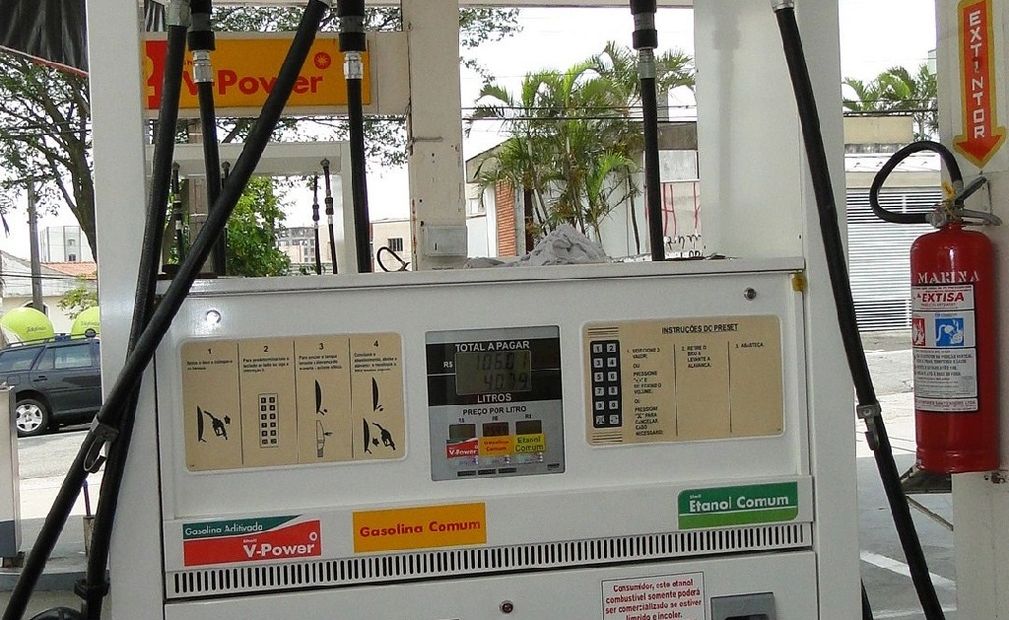Signed in as:
filler@godaddy.com
Signed in as:
filler@godaddy.com
Of course we can.
First, EtOH has been criticized for poor mileage, but this is only because ethanol was put into engines optimized for gasoline, not ethanol.
The E100 Ethanol Group recently (July 2020) completed work on modifying a Ford Focus Flex Fuel Vehicle by increasing the compression ratio, advancing the spark timing, and running at 85% of stoichiometry. We matched the EPA highway mileage of 36 mpg on an EPA certified Constant Volume Sampler machine with either E85 or E100 and achieved 90% of the combined city/highway mileage. Financial constraints prevented us from working more on the city mileage, but car companies could easily do this. Of course, this car could no longer burn regular gasoline, but that's the whole point.
Second, There is enough excess ethanol capacity to get started now and the technology to make E100 engines is readily available. As of July2025 (Ethanol Producer Magazine):
~202 operating EtOH Plants - 18.2 billion gals capacity
Estimated domestic usage 2024 ~15.2 billion gals (EIA AEO,
4/15/25, Table 17)
Estimated Excess capacity: 3.0 billion gallons (Note:
~much of this is exported and
some is currently idle.)
Just the current excess capacity is enough to fuel >1,000,000 vehicles (15,000 miles/yr @25mpg, 600 gallons/vehicle).
Is there enough organic waste to do this? Yes. The DOE, the USDA and other agencies have published four reports in 2005, 2011, 2016, and 2023 showing that we have at least a billion tons of annual cellulosic or other organic waste available that can be used make ethanol and other bio-based materials without affecting food supply or causing environmental harm.
Dr. Bruce Dale and his associates at Michigan State University pointed out in Environmental Science and Technology, showed long ago in October 2010, that the U.S. can make over 100 billion gallons/yr of ethanol without "decreasing domestic food production or agricultural exports."
Ethanol is a carbon neutral liquid motor fuel. That is, the CO2 produced by burning it goes right back in to growing more cellulose the next year. No new carbon needs to be brought up from underground. The waste cellulose the DOE talks about in the above papers all biodegrades to CO2 eventually. We might as well pick it up and make ethanol out of it.
There are also dozens of processes already developed to make ethanol from this organic waste, but none of these will come into large commercial production since no market exists for it absent E100 engines.
It should be noted that ethanol is already ubiquitous at the wholesale level. Where ever there is a gasoline terminal, there is ethanol either in barges, tankcars, or tanktrucks.
An ethanol blender pump is a filling station fuel pump that allows consumers to select the desired blend of gasoline and ethanol from E0 (straight gasoline) up to E100 (i.e., Dresser Wayne's Ovation or Gilbarco Veeder-Root's Encore 700S).
The ethanol producer could sell E100 direct to the retail franchisee bypassing the price setting mechanisms of the oil companies. The cost to a retail franchisee to modify an existing storage tank to accept ethanol is quite site specific, but would be between $25,000 and $30,000 including a new blender pump with card reader.
For the 12,000 pump infrastructure -- every 2 miles in the 100 largest cities, 25 miles apart on highways-- the total cost would be less than $500 million, a pittance compared to other technologies.
Actually, we already have over 6,000 E100 capable stations since the existing E85 stations can just switch to E100 with no further investment.
Going with higher level intermediate blends such as E20 and E30 is going to cost as much as going to E100 so why not go all the way to E100?
To mandate that all new light duty vehicles be E100 capable by the end of 2028 is a much easier and lower cost venture than the switch to unleaded fuel.
Brazilians made themselves independent of imported oil by using flex/fuel engines capable of burning E100. In fact, all retail motor fuel stations in Brazil must offer E100. If Brazil can do this, so can we.

A Shell station in Sao Paulo. Brazil showing 2 grades of gasoline and one of E100.
This is a political decision to make, not a technical one.